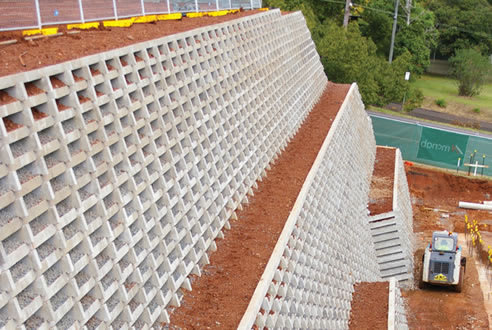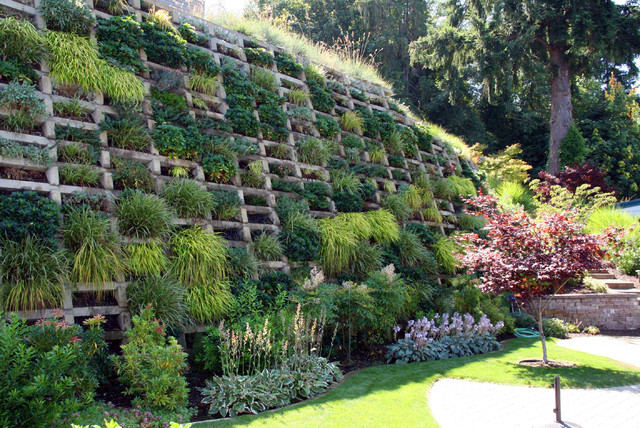I am not sure if this is the correct forum to ask this question.
We are trying to figure out a solution for walking access of a steep slope (20-40 degrees, mostly 25 degrees). The plan is to be able to plant rows of shrubs along the contour of the land and watering them.
Initially, we intended to terracing the plot to make small parallel walkways along the contour of the slope for access. However, the rockery retaining walls would take up a lot of space and we may need riprap between them.
Another options would be wood boardwalks along the contour to provide access.
Is there any other solutions that we didn't think of?

Thanks!
We are trying to figure out a solution for walking access of a steep slope (20-40 degrees, mostly 25 degrees). The plan is to be able to plant rows of shrubs along the contour of the land and watering them.
Initially, we intended to terracing the plot to make small parallel walkways along the contour of the slope for access. However, the rockery retaining walls would take up a lot of space and we may need riprap between them.
Another options would be wood boardwalks along the contour to provide access.
Is there any other solutions that we didn't think of?

Thanks!




